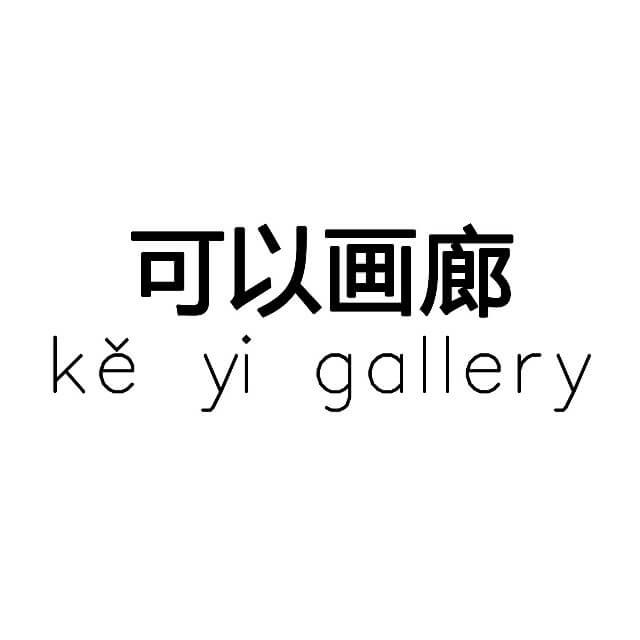We are pleased to announce that Fu Mingxi's solo exhibition will open on February 15th at the Hefei space of KeYi Gallery. This is the artist's first personal exhibition held at KeYi Gallery, curated by curator Chen Bofan. The exhibition is themed "Twisted between Mirage Buildings" and presents more than 20 new works by the artist in the past two years. The exhibition will continue to be on display until March 31st.
"What belongs to architecture? Where does it begin? And where does it end up?" — Gideon, Bauen in Frankreichi, Bauen in Eisen, Bauen in Eisenbeton
In the cognitive sequence of modern cities, buildings are both obvious and easily overlooked. The emergence of vacant spaces, on the one hand, magnifies the functional role of buildings infinitely, but on the other hand, the ecological awareness related to buildings and society is rapidly declining. One by one, buildings are turning into isolated islands amid the rapid development of connection means.
But this seems to be in line with the postmodern construction approach. To what extent does the prioritization of "demand" undermine the aesthetic features and commemorative significance that buildings have carried throughout history? In architecture, a certain future-oriented aspiration has vanished, and it has fallen into the servile execution of catering to daily needs and a spirit of service.
Walter Benjamin's view on this is: "Modern architecture is estimating this crisis of experience, because it creates a variety of characterless Spaces, only light, air and permeability become the dominant elements.Thus, the driving force of modern architecture appears in the creative activity of a "new barbarism," an audacious need to respond to the demands of society... "The subjectivity of architecture is then extracted into a mirage of needs - a depersonalized phantom stripped of structural consciousness.
History is critically pushed into irreversible reconstruction work in linear time, which is obviously extreme and unified, just as the role of architecture in the present is a neutral space of service, and all other characteristics are revoked and erased. As Baudelaire once said, "Modernity is temporary, fleeting, accidental, half of art, and the other half of art is eternal and unchanging." So how do we awaken the other half of its existence in the increasingly transparent mirage?
In this context, Fu Mingxi's creation is like a bridge, which attempts to build the middle ground between the half of architectural modernity and the other half of art. Architecture is considered as a structure, and perception is like the spirit state that persists in it, which is guided by memory, perception and emotion, and thus freely walks among various structural features. "Architecture" is the liberated artistic subject in his works. It no longer points to a home, an office, a usable spatial field, but rather to an individual "monument.
Because of this, Fu Mingxi was able to juxtapose the subjective images at both ends of the line segment. Among them, there are not only the contemporary group mirage, but also the last glory of modernity, the edifice. Architectural terms will increase and decrease with the spread of spatial practicality, so that some "useless" words are blocked in the back of the mind, "edifice" is one of them. In the dictionary, "edifice" is interpreted as a tall building, which is defined from the perspective of visual images. Different from the current apartments, office buildings and hotels, the title "mansion" also shows the visual characteristics of the building and the ecological characteristics of the regional architectural complex, which represents a kind of viewing Angle to look up, a kind of simulaculation and expectations for the future.
In her works such as "Fantasy and the fear of losing one's soul", "Diffuse loneliness" and "Flying over the mediocrity into the moonlight", the juxtaposition of features of "mirage" and "edifice" is clear and easy to see, the towering building rises upward, and no one can identify its purpose.
However, it is by no means a simple visual symbol. Rather than using the inorganic expression of symbols, it is more accurate to refer to "organic architectural form". In the face of the structured and systematic reality, the idea of "maybe the structure also implies emotion" has been completed as an image, which is the reverie brought by artist Fu Mingxi for urban space. As Hermann Minkowski wrote in the introduction to his book Space and Time: "Henceforth, space and time themselves are doomed to disappear into mere shadows, and only some union of the two will hold together an independent reality."
— Chen Bofan



